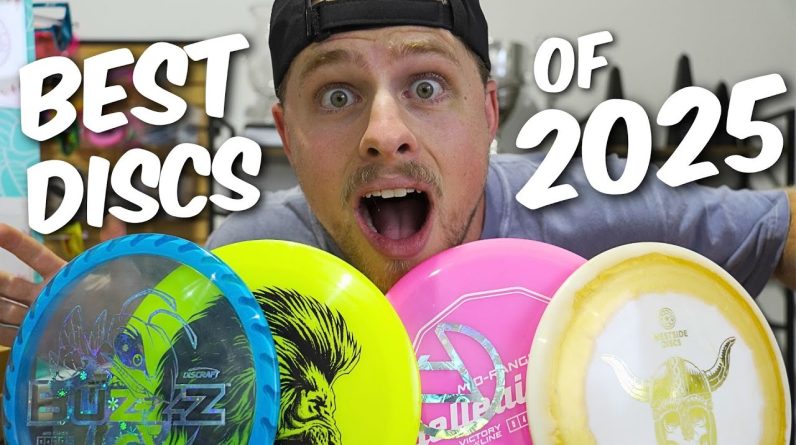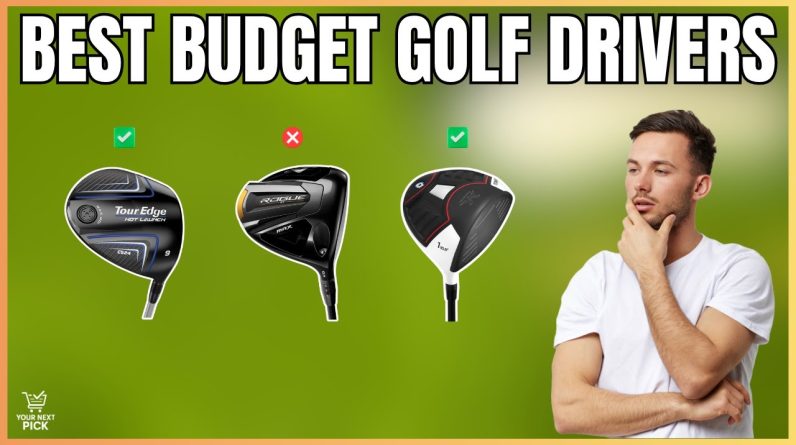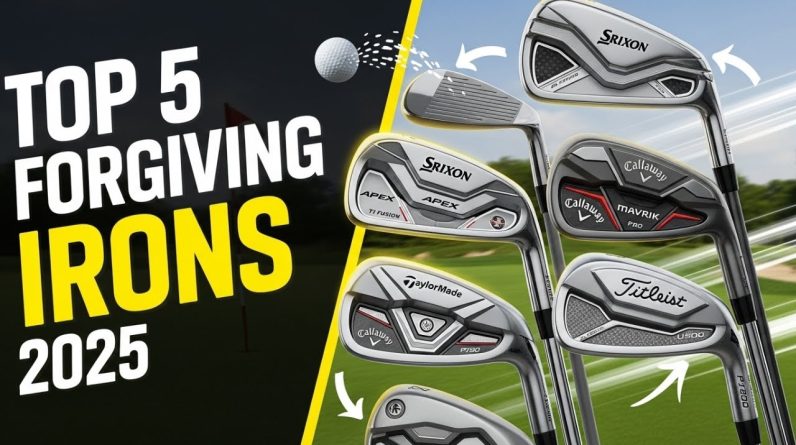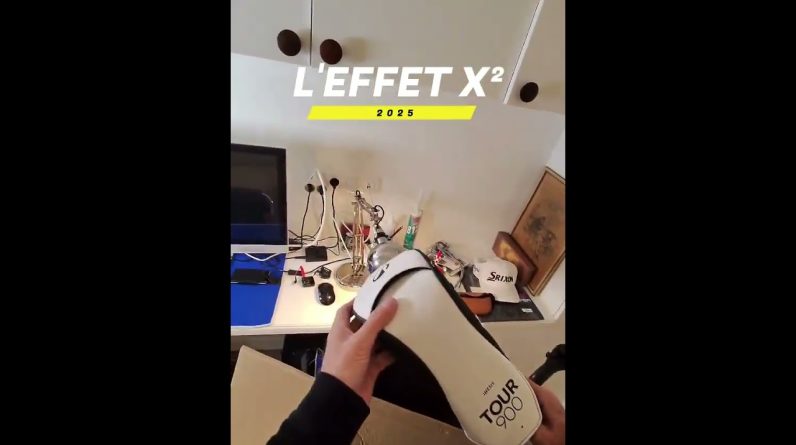Equipment Decisions Beginner Golfers Often Get Wrong!
When you’re just starting out in golf, it’s easy to feel overwhelmed by the variety of equipment choices out there.From driver lofts to ball types, beginner golfers often make critical mistakes that can hold back their progress and enjoyment of the game. In this article, we’ll uncover the most common equipment decisions novice golfers typically get wrong—and provide actionable advice to help you choose the right gear from the get-go.
Common Equipment Mistakes Beginner Golfers Make
1. Choosing the Wrong Golf Clubs
Golf clubs are the backbone of your game, but beginners frequently pick clubs that don’t suit their skill level or swing characteristics.
- Overspending on Custom Fitted Clubs Too Early: Many new golfers assume custom clubs made for pros will immediately improve their game.Though, without a consistent swing, these clubs can be more of a hindrance than a help.
- Ignoring Game-Betterment Clubs: Game-improvement irons and hybrid clubs are designed to help beginners get the ball airborne easier and provide more forgiveness on mishits. Skipping these clubs can make learning frustrating.
- Using Clubs That Are Too Long or Rigid: Clubs that are too long or have a stiff shaft can cause swing faults and inconsistency, especially for players with slower swing speeds.
2. Overlooking the Importance of the Right Golf Balls
Believe it or not, golf balls have real impact on your play, yet beginners frequently enough use random or expensive pro-level balls, which may not suit their needs.
- High Compression Balls Aren’t Always Better: Lower swing speeds benefit from softer, low compression balls that help with distance and control.
- Not Prioritizing Durability and Cost: As new golfers typically lose several balls, buying expensive tour balls isn’t economical or necessary.
- Ignoring Feel and Spin characteristics: Golf balls with too much spin can penalize off-center hits, so beginners should start with balls designed for distance and forgiveness.
3. Neglecting Proper Club Set Composition
Beginners often carry unnecessary clubs or lack essential hybrids and wedges, which results in missed scoring opportunities.
- Too Many Long Irons Instead of Hybrids: Hybrids are easier to hit and more forgiving than long irons, making them better choices initially.
- Not Having the Right Wedges: Wedges are vital for scoring around the greens, yet many beginners overlook buying quality pitching and sand wedges.
- Ignoring Putter Selection: The putter accounts for nearly half your strokes, so selecting one that feels comfortable and confident is crucial.
How to Choose the Right Golf Equipment: Practical Tips
Making sound decisions about your golf equipment doesn’t have to be complicated. Here’s how beginners can avoid pitfalls and pick gear that supports improvement:
Understand Your Swing Speed and Skill Level
- Get your swing speed measured at a local golf shop or driving range to determine shaft flex and ball compression.
- Select clubs with more forgiveness—such as cavity back irons and hybrid woods—to accommodate inconsistent contact.
Invest in Game-Improvement Golf Clubs
- Look for perimeter-weighted irons and clubs with wider soles for better turf interaction.
- Start with a half-set if cost is a concern: driver, 3 wood, hybrid, irons (6–9), pitching wedge, sand wedge, and putter.
Choose Golf Balls That Match Your Needs
- opt for low compression balls designed for beginners,like Titleist TruFeel,Srixon Soft Feel,or Callaway Supersoft.
- Avoid premium tour balls until your swing is consistent enough to benefit from their advanced features.
Test Before You Buy
Whenever possible, physically test golf clubs and balls at a pro shop or driving range:
- Check how the club feels in your hands and during your swing.
- Notice ball flight and roll to see which ball suits your game better.
- Consider professional club fitting once you’re confident in your commitment to the game.
Table: Club Types vs. Benefits for Beginner Golfers
| Club Type | Benefit for Beginners | common Mistake |
|---|---|---|
| Game-Improvement Irons | More forgiveness and easier ball launch | choosing blade irons too soon |
| Hybrids | Simpler to hit than long irons | Skipping hybrids in favour of hard-to-hit long irons |
| Sand Wedges | Better short game performance | Avoiding wedges or settling for low-quality models |
| Putters | Improves consistency on the green | Ignoring feel and shape preferences |
Firsthand Experiences: What Beginners Wish They Knew
Many beginner golfers share similar regrets about their equipment choices early in their golf journey:
- “I bought a set of blades because they looked ’cool,’ but I struggled to even get the ball airborne.” – Sarah, beginner golfer
- “I wasted money on expensive tour balls that didn’t help my game. Switching to softer, cheaper balls made a big difference.” – Daniel, beginner golfer
- “Not having hybrids made my approach shots really tough. Once I added hybrids, my scores improved noticeably.” – Mike, beginner golfer
- “Picking the right putter shape changed how confident I felt on the greens—it’s surprising how something seemingly small impacts your game.” – Emma, beginner golfer
Bonus Section: Benefits of Getting a Custom Club Fitting—When You’re Ready
even though beginners shouldn’t rush into expensive custom clubs, professional fitting can unlock true potential once your swing stabilizes:
- Improved Accuracy: Correct shaft flex, club length, and lie angles improve shot consistency.
- Maximized Distance: Matching club specs to your swing allows for better energy transfer and optimal ball flight.
- better Comfort and Confidence: Clubs that fit your body size and swing help reduce fatigue and boost confidence.
Tip: Most beginner golfers benefit from getting fitted after consistently playing for 6–12 months and developing a repeatable swing.







